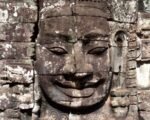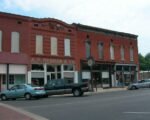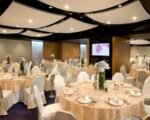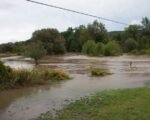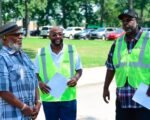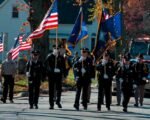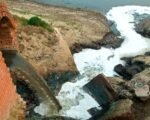A Variety of Burial Practices
One of the most puzzling aspects of the cemetery is the diversity of burial positions among the skeletons. Some are lying flat on their backs, which is typical for the period, while others are placed on their sides, and a few are buried in a crouching position with their knees tucked up against their chest. The archaeologists are not sure what this means. Was the cemetery used over a long period of time as burial practices were changing? Or were some people being marked out as different?
Summer Courts, an osteoarchaeologist from the University of Reading, says the skeletons are in good condition despite being around 1,500 years old. She points to a skull that has just been excavated, which provides clues about how these people lived and worked. “We have some teeth that are very worn in a kind of a funny way that might indicate the use of teeth as tools,” she says. “Maybe for textile work, leather work or basketry – they’re pulling something through their front teeth.”
A Glimpse into Everyday Life
The items being found around the graves are also surprising and they show how life in the middle of the first millennium was very different from now. Fragments of dishes and cups have been found, and splinters of animal bone that have been butchered and burnt. One item really brings this community to life: a tiny carved peg that may have been used as a marker for scoring in a game, perhaps something like we use in a cribbage board.
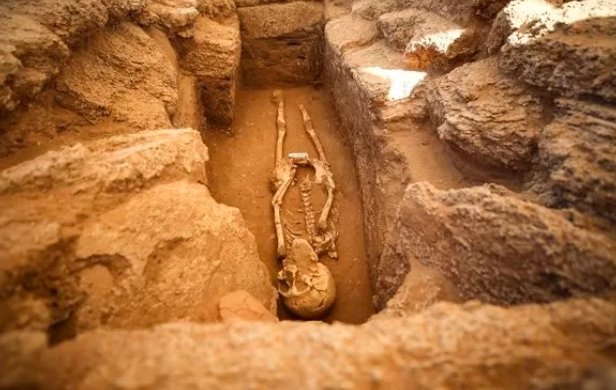
Dr Andy Seaman, a specialist in early medieval archaeology from the University of Cardiff – who is leading the digging team – says unlike cemeteries now, this doesn’t seem to be just a place to dispose of the dead. “We tend to think of graveyards as sort of enclosed spaces that we don’t really go to, but they probably would have been quite central to life in the past,” he explains.
A Link to the Past
The cemetery is located near the end of the runway at Cardiff Airport in an unremarkable field on the grounds of Fonmon Castle. The castle itself dates back to the 12th century and is one of the few medieval castles still in private ownership. The owner, Sir Brooke Boothby, has been supportive of the archaeological project and hopes to learn more about the history of his land.
The excavation is part of a wider research project called Lost Landscapes of South Wales, which aims to explore the changing environment and society of the region from the Roman period to the present day. The project is funded by the Arts and Humanities Research Council and involves several universities and organisations.
The cemetery is featured on Digging for Britain on BBC 2 at 8pm on 4 January. The full series is already available on iPlayer.
